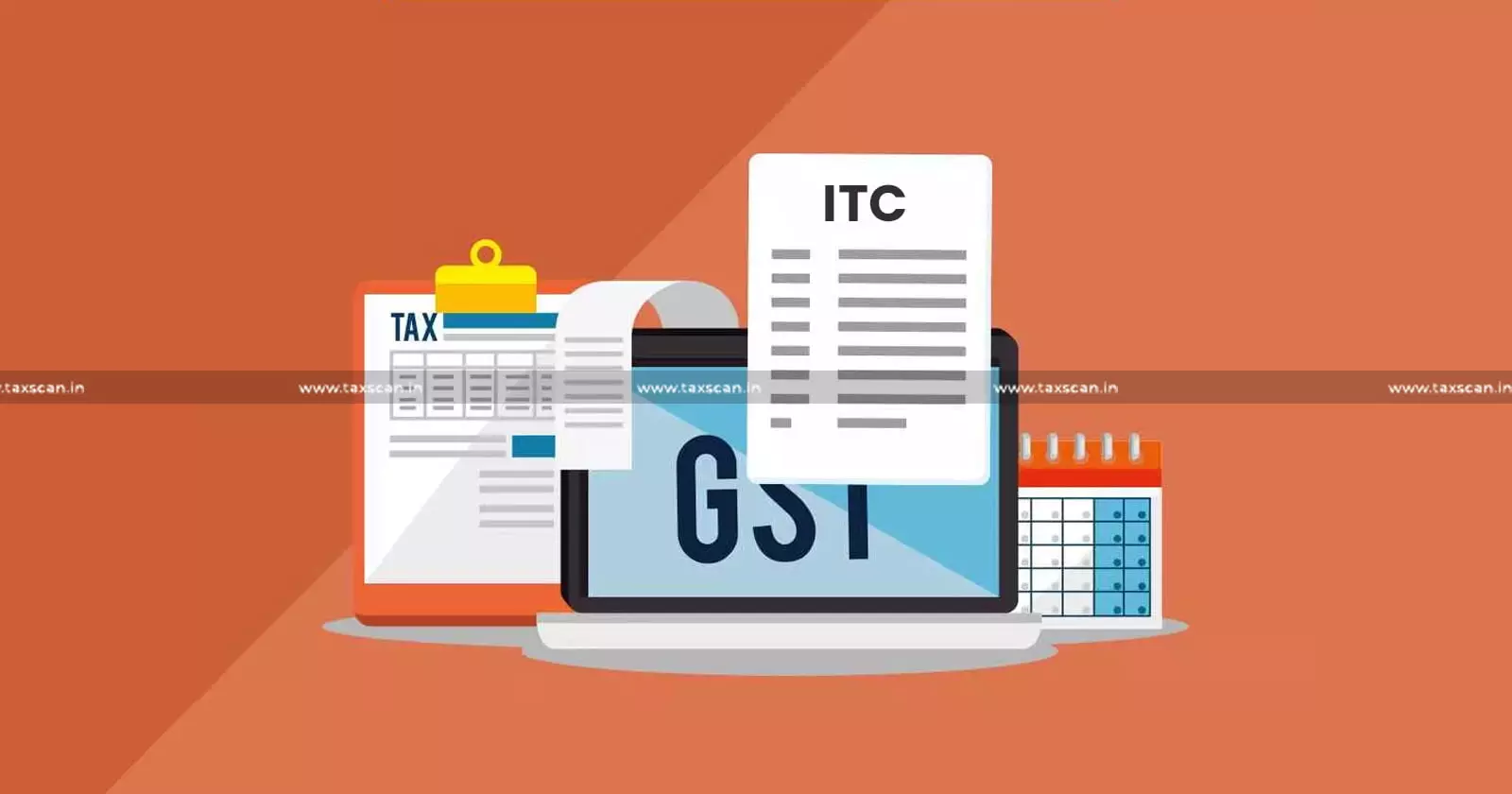Reversal of Excess GST ITC following Reduction of GST Rate/Reclassification as Exempt: Why and How
GST ITC reversal is not required for the September 22, 2025, rate cut from 18% to 5%, but it becomes mandatory if supplies are reclassified as exempt or nil-rated.

On September 22, 2025, major GST reforms came into effect. Among the biggest changes were rate cuts on popular items: several goods that earlier attracted 18% GST now attract only 5%. Packaged foods like namkeens, sauces, noodles, and pasta are part of this shift. Essential medicines were also either reduced from 12% to 5% or moved to the exempt category.
These cuts reduce costs for consumers, but they also raise compliance questions for businesses. The common question asked most is Do we need to reverse Input Tax Credit (ITC) when GST rates are reduced? The answer depends on whether the supply is still taxable or has become exempt.
GST ITC Reversal Rules under Section 18(4)
The GST law is clear. Section 18(4) of the CGST Act requires reversal of ITC only in two cases:
- When a registered person opts for the composition scheme.
- When goods or services supplied become wholly exempt.
If your product simply shifts from 18% to 5%, it is still taxable. This means no ITC reversal is required for a GST rate reduction.
GST Rate Cut vs Exemption vs Nil-Rated Supplies
GST Rate Reduction (18% to 5%)
- Supplies remain taxable.
- ITC continues without reversal.
- Example: packaged noodles now taxed at 5% still allow ITC claims.
GST Exempt Supplies (0%)
- Supplies move outside the GST tax net.
- ITC on stock, work-in-progress, finished goods, and capital goods must be reversed.
- Example: some essential medicines reclassified as exempt.
Nil-Rated Supplies (0% rate in GST schedule)
- Defined as exempt under Section 2(47) of the CGST Act.
- ITC attributable to nil-rated supplies must be reversed.
- Important: Nil-rated is different from zero-rated supplies (like exports), where ITC is allowed.
How to Calculate ITC Reversal under GST
Rule 44: ITC Reversal for Exempt Supplies
- For stock and goods in progress: Reverse based on invoices or market value.
- For capital goods: Use the formula:
ITC to reverse = Total ITC × Remaining months ÷ 60
Example: A machine with ₹18,000 ITC has 5 months left in its useful life. ITC reversal = 18,000 × 5 ÷ 60 = ₹1,500.
Rules 42 and 43: ITC Reversal for Mixed Supplies
When inputs are used for both taxable and exempt supplies:
Reversal = (Exempt turnover ÷ Total turnover) × Common ITC
Example: Common ITC = ₹18,000. Exempt turnover = ₹2,25,000. Total turnover = ₹30,00,000. Reversal = 18,000 × (2,25,000 ÷ 30,00,000) = ₹1,350.
Interest on ITC Reversal under GST
- Interest at 18% per annum applies if required ITC reversal is delayed.
- Interest is charged only if wrongly availed ITC is also utilized, not merely booked.
- Excess ITC due to a rate cut is not a wrongful claim, so it does not attract interest.
GST Return Filing and ITC Reversal Reporting
- GSTR-3B (Table 4B): Report ITC reversals, separating permanent and reclaimable reversals.
- Form ITC-03: Mandatory for reversals under Section 18(4), such as when goods become exempt or when opting for composition.
- GSTR-10: File on cancellation of GST registration with final ITC reversal details.
Practical Compliance Tips for Businesses
- Update GST rates in ERP and billing systems effective September 22, 2025.
- Do not reverse ITC for GST rate reductions; continue claiming credit for supplies now taxed at 5%.
- Reverse ITC for exempt and nil-rated supplies in line with Section 18(4) and Rule 44.
- Apply Rules 42 and 43 if you deal in both taxable and exempt goods.
- Maintain proper stock records to support ITC reversal calculations.
- Monitor ITC accumulation; refunds may be available in certain sectors.
- Train finance and compliance teams to ensure correct filing and reporting.
Common GST ITC Myths and Clarifications
- Myth: Every GST rate cut requires ITC reversal. Fact: Reversal is required only when supplies become exempt or nil-rated.
- Myth: Nil-rated supplies do not need reversal. Fact: Nil-rated supplies are treated as exempt, so ITC must be reversed. Only zero-rated supplies (exports, SEZ) allow ITC claims.
Conclusion
The GST rate cuts from September 22, 2025, make many goods cheaper, but businesses need to know the rules for Input Tax Credit (ITC). If the GST rate only goes down (like from 18% to 5%), no ITC reversal is needed because the supply is still taxable. Reversal is required only when items become exempt or nil-rated.
Businesses should update billing systems, keep clear records, and apply the right rules for exempt supplies to stay compliant. Knowing the difference between a rate cut, exemption, and nil-rating helps avoid mistakes, save ITC, and file GST returns correctly.
Support our journalism by subscribing to Taxscan premium. Follow us on Telegram for quick updates


